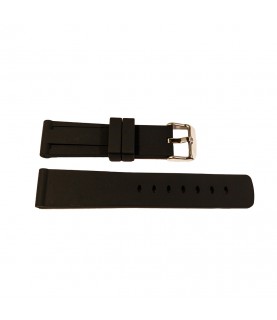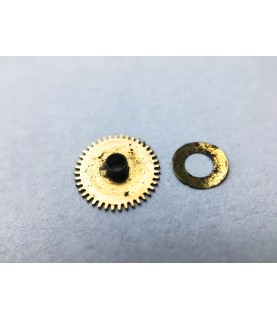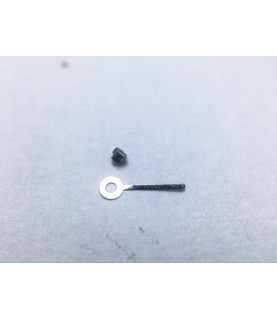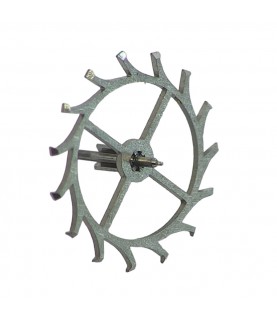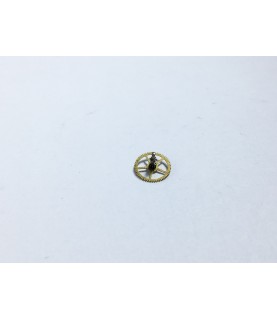A Bulova History in 10 Milestone Watches
%20bulova-750x750.jpg)
LONE EAGLE (1927)
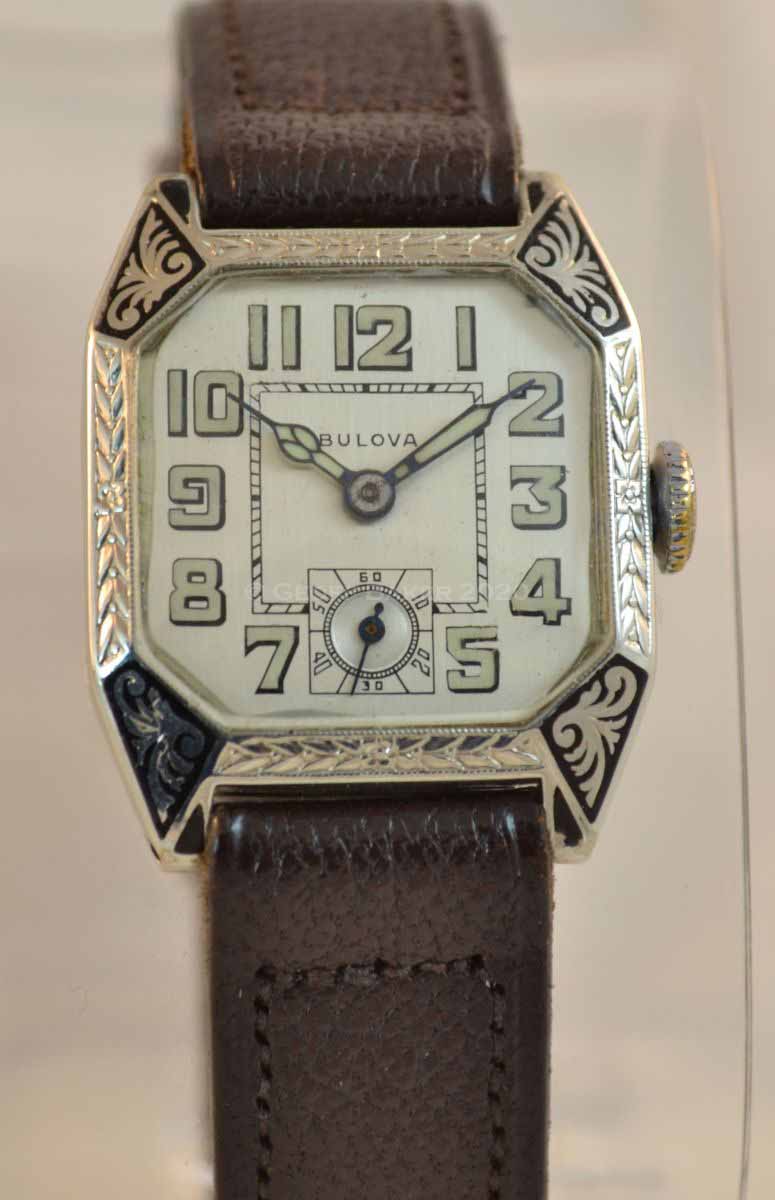
In 1927, legendary aviator Charles Lindbergh became the first man to fly nonstop across the Atlantic Ocean. This accomplishment earned Lindbergh the Bulova Watch Prize of $1,000 and the opportunity to be the face of the company's Lone Eagle wristwatch, which commemorated the record- setting flight. The original Lindbergh Lone Eagle, priced at $37.50, was described by Bulova as a “handsomely engraved 14-k white gold filled case with non-breakable crystal in back to protect the movement from dust. Has 15-jewel reliable Bulova movement.” With Lindbergh touting the watch in advertisements as “my pleasure to wear, keeps accurate time and is a beauty,” the Lone Eagle became Bulova's best selling watch of the era.
HACK WATCH (1940s)
%20bulova.jpeg)
In the early 1940s, with World War II threatening and American involvement in the conflict imminent, Bulova entered into a contract with the United States government to produce instruments that would aid the American war effort. Many of these had little to do with timekeeping, including altimeters, variometers, telescopes for range finding on artillery and time fuses for explosives. However, Bulova also provided the wristwatches that were issued as official gear for American troops. The so-called Bulova “Hack” Watch was equipped with a special lock-down apparatus that allowed for precise synchronization, an asset in the planning of wartime missions. As one of the few American watch companies, Bulova took its patriotic duty quite seriously: many of the company's male employees joined the armed forces, leaving the Bulova factories of that time manned largely by women. The company also devoted 25 percent of its advertising to the promotion of war bonds and stamps, a service for which it was awarded a distinguished service certificate by the Secretary of the Treasury Henry Morgenthau, Jr.
BULOVA 23 (1950s)
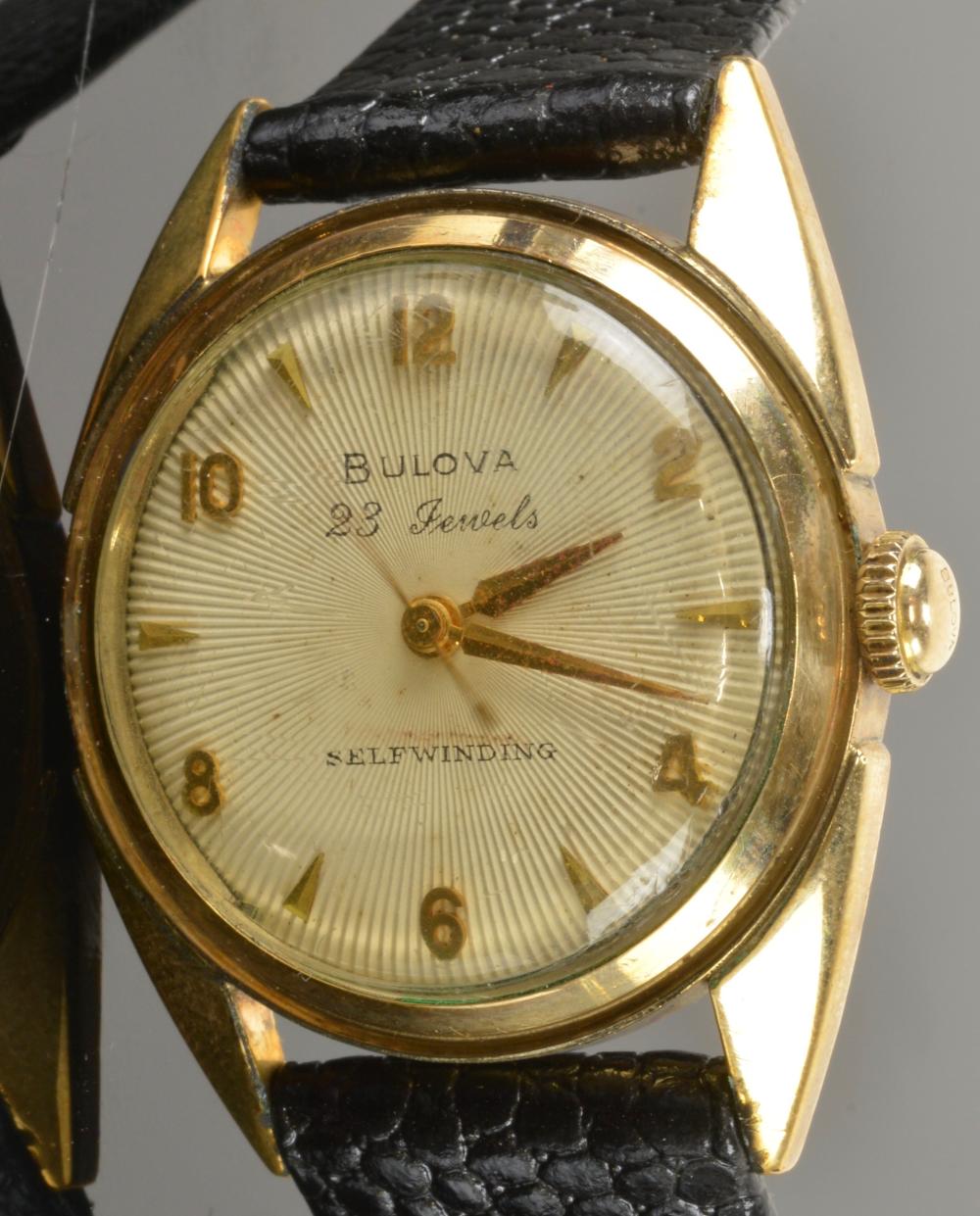
The Bulova 23 series — named for its 23 jewel, self-winding movement — debuted in the 1950s and brought wide popularity to a Bulova invention first used in a watch in 1953: the mechanical “Wrist -Alarm,” a breakthrough in the industry that would later be adopted by other brands. Bulova 23 watches were known for their “unbreakable” mainspring and shock – resistant, waterproof cases, which at the time were made in the United States. This series was one of the first of many successful launches under the leadership of Omar Bradley, the decorated World War II general who had recently joined the Bulova company as Chairman of the Board of its Research and Development Laboratories.
ACCUTRON (1960)
.jpg)
The 1960s saw Bulova's most famous and influential contribution to the science of watchmaking — the Bulova Accutron, the world's first fully electronic watch. Rolled out in 1960, the watch incorporated a revolutionary new technology that utilized a 360-Hz tunning fork, powered by a one-transistor electronic oscillator, to drive the timekeeping functions rather than a traditional balance wheel. This technology ensured an oscillation rate of 360 times per second — nearly 150 times faster than that of a mechanical, balance-wheel-driven timepiece — and guaranteed an accuracy to just one minute per month. The Accutron was distinguished by its telltale humming instead of ticking, a sound generated by the vibrating tuning fork.
ASTRONAUT WATCH (1960s)
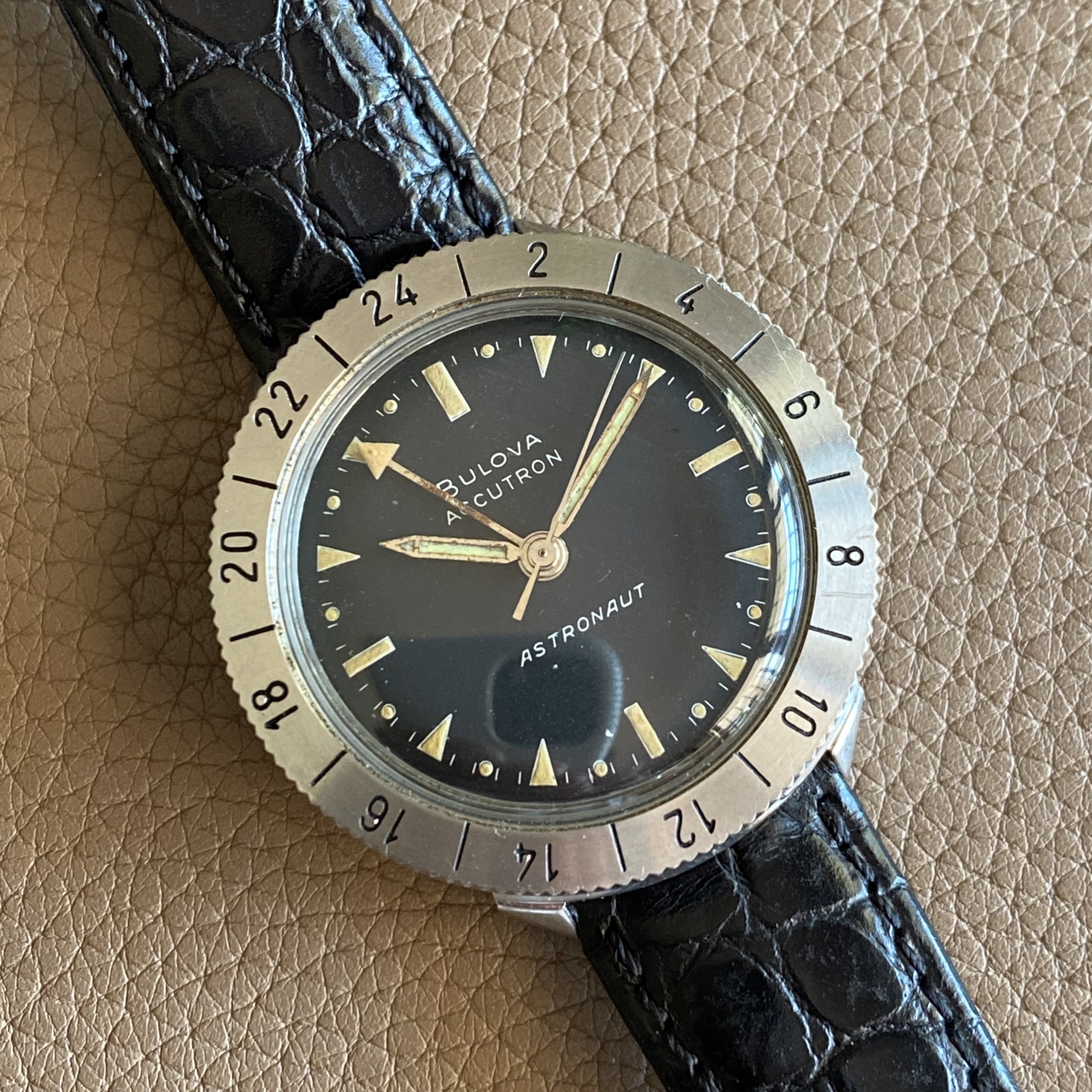
Bulova also lent its expertise to the U.S. government during the 1960s Space Race with the Soviet Union. During its decades-long partnership with NASA, Bulova helped outfit numerous satellite missions with Accutron timekeeping technology, starting with the Vanguard 1 in 1958. All timekeeping instruments, including instrument-panel clocks, aboard NASA's manned spacecraft missions leading up to and including the legendary first Moon Walk on July 21,1969, were equipped with Bulova Accutron tunning fork technology. In commemoration of its role in the Space Race, Bulova subsequently released a limited-edition Accutron “Astronaut” watch, with Buzz Aldrin's signature on the caseback.
CHRONOGRAPH “C” (1970)
 bulova.jpg)
Nicknamed the “Stars and Stripes” by collectors for its combination of red, white and blue elements, and introduced to the market in 1970, the Bulova Chronograph “C” is among the most collectible of Bulova watches, as it was discontinued just about a year after its debut. Design-wise, the watch stands out for several reasons — its 43-mm steel case, which was very large for the era; its colorful dial and oddly shaped hands; its bezel, which is notched but does not rotate; its lack of traditional lugs; and its heavy mesh bracelet that attached directly to the underside of the case. Despite its brief time in the spotlight, the Chronograph “C” is appealing to many for its “patriotic” theme and represents a touchstone to the United States bicentennial year of 1976, even though the watch was long off the market by then.
LUNAR PILOT CHRONOGRAPGH (1971)
 bulova.jpg)
A Bulova Accutron chronograph wristwatch finally made it to the lunar surface in 1971, on the wrist of Apollo 15 mission commander David R. Scott. Scott wore the watch, which had been specially engineered to withstand lunar conditions, as a backup after the crystal on his NASA-issued Omega, according to records, had popped off. Scott's Bulova watch—the only privately owned watch ever to visit the moon—the only privately owned watch ever to visit the moon—sold at auction in 2015 for $1.62 million. To commemorate the record-settings sale, Bulova released its Special Edition Lunar Pilot Chronograph— aesthetically a very faithful re-creation of the original (which was never made available commercially), but outfitted with a modern UHF (Ultra-High-Frequency) quartz movement.
COMPUTRON LED (1976)
 bulova.jpg)
As electronic watches and quartz watches began growing in popularity throughout the late 1970s and 1980s, Bulova continued to forge ahead with innovations such as the Accutron Quartz, the first quartz-crystal watch sold in the U.S.A. and boasting a case made of 18k gold. Shortly after, Bulova catered to the era's growing demand for digital timekeepers by adding a line of Accuquartz watches with digital LCD time displays, and eventually the all-digital Computron LED, with its very unconventional and (at the time) futuristic trapezoidal case with LED display on the side. The Computron LED rejoined Bulova's lineup in 2019.
PRECISIONIST (2008)
.jpg)
One of the most significant new releases under the new management regime of Japan's Citizen Watch Group was the Bulova Precisionist, billed as “the world's most accurate quartz watch with a continuously sweeping seconds hand.” Citizen developed and manufactured the Precisionist movement —whose oscillator vibrates at 262,144 times per second, eight times as fast as a standard quartz crystal— exclusively for use in Bulova watches. The oscillator has three prongs instead of the standard two and functions as a “torsional resonator,” meaning that instead of vibrating back and forth like a standard quartz-watch oscillator, the prongs twist to and fro, as in an electric guitar.
BULLOVA CURV (2016)
.jpg)
Bulova introduced what it calls the world's first curved chronograph watch, the Bulova CURV, in 2016. In an engineering feat, Bulova took one of its Precisionist chronograph movements and bent it, then fitted it into an ergonomically designed, slim, curved case. The original CURV collection consisted of sports and dress models in titanium and steel, the leader models offering see-through dials, transparent backs (rare for a quartz watch), and black rubber strap. In 2021, Bulova added new versions with tonneau-shaped cases and gold-tone finishes, one with a gold-tone bracelet.

